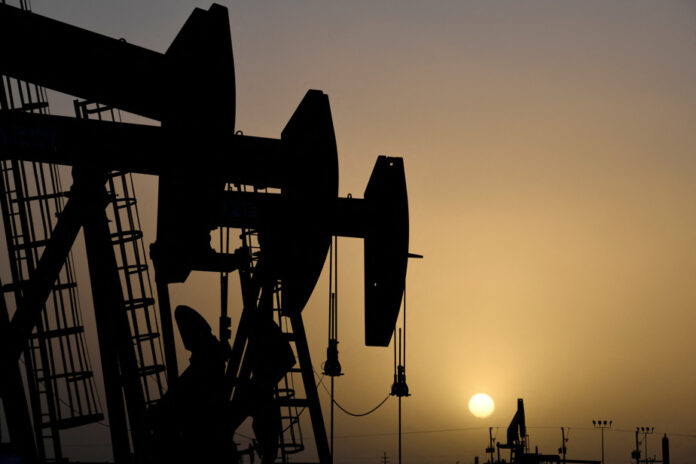(LONDON) European natural gas prices caught their breath on Thursday after surging the day before, pushed by threats of strikes in Australia at major gas installations, while oil prices struggled to find a clear direction.
Around 7:30 a.m. (Eastern Time) (1:30 p.m. Paris), the Dutch TTF futures contract, considered the European benchmark, was trading at 38.90 euros per megawatt hour (MWh), close to its highest price in almost two months.
The previous day, the TTF jumped more than 28%, its biggest single-session rise since the explosion in gas prices in early 2022 caused by the start of the war in Ukraine and fears of gas supply interruptions. Russian from the European continent.
Prices were boosted by news of a strike call at Woodside’s offshore liquefied natural gas (LNG) rigs in Western Australia, which alone provide more than 10% of supply world of LNG each month. Employees of the American Chevron could also join the movement.
“This price increase reflects the likelihood that the strike will materialize, impacting LNG supplies during the ongoing heatwaves, despite large gas inventories in Europe,” said Zongqiang Luo, analyst at Rystad Energy.
“Such a strike could […] encourage many Asian buyers to seek their shipments elsewhere”, such as in the European market, continues the analyst.
Australia is a major exporter of liquefied natural gas, accounting for around 20% of global LNG supply according to DNB analysts.
The financial press reported Thursday that Chevron and Woodside Energy said they were holding talks with unions to avoid strikes.
Woodside has already implemented an emergency plan to secure its supplies.
“We hope that it will not be necessary to activate this plan”, explained Thursday the group, which wants to resume negotiations in order to prevent any work stoppage scheduled for mid-August.
If they fail, the union will have to file a seven-day notice before the start of the movement.
At the same time, DNB analysts point out that a period of major maintenance of gas installations in Norway is approaching, which “will reduce gas exports by pipeline from Norway by more than 40%”.
With the war in Ukraine, Norway has become the main supplier of natural gas to the European continent.
On the oil side, the two global benchmarks hesitated on Thursday, caught between disappointing economic data from China and supply cuts from exporting countries, but were still trading around their highest levels for the year.
A barrel of Brent North Sea, for October delivery, lost 0.29% to $87.30, and its US equivalent, a barrel of West Texas Intermediate (WTI), for September delivery, fell 0. 55% to $83.94.
“Oil prices have stabilized again,” comments Craig Erlam of Oanda, with “recent announcements from Saudi Arabia and Russia” and weaker Chinese economic data offsetting each other.
Saudi Arabia has indeed announced the extension of its voluntary production cuts of one million barrels per day until September, and Russia a reduction in its oil exports of 300,000 barrels per day.
This tension in the oil market helped to “spare” oil “from China’s economic difficulties this week”, while it is traditionally an asset “very sensitive to fluctuations in the Chinese economy”, explains Stephen Innes of SPI AM.















